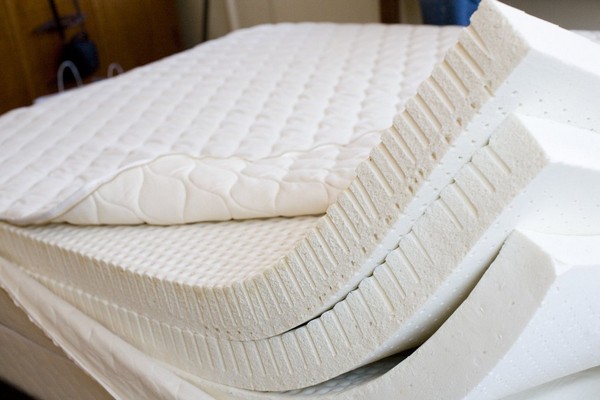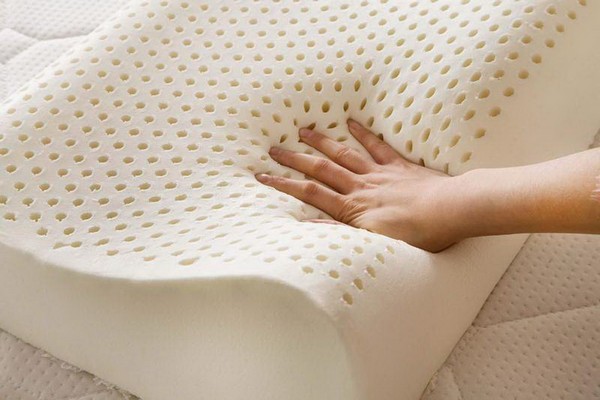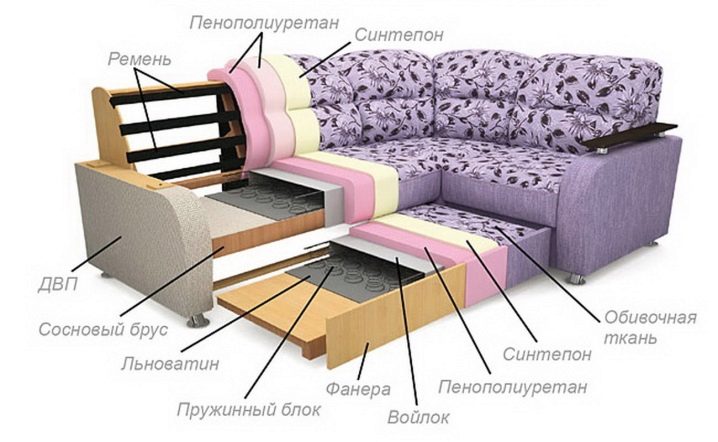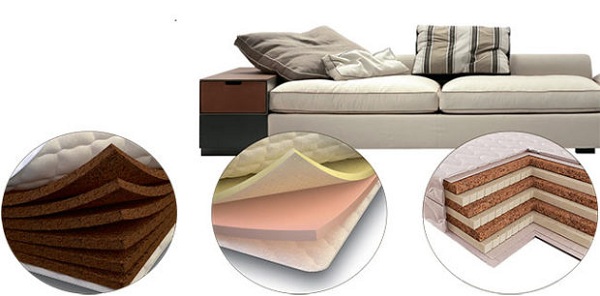Options for fillers for sofas, which is better in quality

When choosing a sofa, it is important to evaluate not so much the external characteristics as the internal "filling". Fillers are divided into three types: springs, polyurethane foam, various soft materials. All of them have their pros and cons. Buyers are wise to spend more time and choose the right filler for the sofa, which is better than reproaching yourself for the wrong decision. The internal component determines the degree of elasticity of upholstered furniture. It depends on her how long the product will last, how comfortable it will be in use.
Content
Types of sofa fillers
A wide selection of varieties of furniture fillers confuses people. It is not always clear what to buy in order not to make a mistake. It should be understood that for the sofa the best filler is the one that meets the needs of the consumer. To make the right choice, taking into account all the features, you should study the characteristics of existing species.
Spring unit
Spring blocks are used when filling sofas from the middle of the last century. Such systems are divided into two types:
- Dependent block. It is a system of twisted coil springs connected to each other with a diameter of about 5 cm each. It is because of the design that its main drawback is manifested - the hammock effect (when exposed to one row of elements, neighboring ones fail). The advantages of this type of filler for upholstered furniture include: high degree of ventilation, long service life, comfort.
- Independent. Here all the springs are barrel-shaped, sewn into an individual shell. The advantages include silence when using, orthopedic effect. Disadvantages: shorter life compared to the dependent unit, lack of proper ventilation, squeaks that appear after a while.
When choosing, it is important to consider a number of characteristics: rigidity, noise level, service life, orthopedic effect and, of course, price.
Polyurethane foam
Polyurethane foam (PUF) - a material obtained by foaming various polymers. More than 85% of its volume is air. Depending on the ratio of mixed substances, this sofa filler is of three types:
- Block, in another way it is called sheet. During production, polyurethane foam is cut and then glued, getting the frame of the desired shape. Its main drawback is fragility. Advantages: wide selection of different densities, the possibility of partial replacement.
- Cast. Unlike the block one, it is created exactly to the shape of the future frame. Its advantage is strict compliance with the dimensions, the disadvantage is the impossibility of partial replacement.
- Polystyrene balls. This is a type of polyurethane foam, which is a round crumb of foam with a diameter of 1-8 mm.The advantages of this material: a high degree of comfort when sitting, low flammability, environmental friendliness. The disadvantage is that at first it has a specific smell that erodes during the operation.
PPU is a good filler for a sofa, but when choosing it, you need to consider the density indicators. A wide range of polymer materials allows you to choose the necessary stiffness.
Soft fillers
In addition to polyurethane foam and spring blocks, manufacturers also use other types of sofa fillers. They are used both for seats and pillows. The most famous types:
- The synthetic winterizer is a synthetic material. Outwardly similar to white cotton wool. It is used to fill chairs, mattresses, pillows, bedding, provides furniture softness, elasticity. Its main drawback is that it clumps over time. Advantages: environmental friendliness, low cost.
- Sintepuh. A very lightweight material based on polyester fibers. It is a kind of synthetic winterizer, outwardly similar to natural fluff. It has good thermal conductivity, but eventually clumps.
- Comforel This synthetic material looks like fibrous balls with a diameter of about 7 mm. It was invented by the American company DuPont. Advantages: hypoallergenic, elastic. A significant drawback is fragility.
- Durafil. Combines high elasticity and resilience. Due to the significant price it is used exclusively in high-end production. The high cost is due to the following advantages: hypoallergenicity, durability, hygroscopicity, fire resistance. In addition to the price, no defects were found in the material.
- Periotek. It is a non-woven synthetic fabric with the addition of natural components. The advantages include durability and hypoallergenicity. The main disadvantage is a higher probability of crushing in comparison with other synthetic varieties.
- Hollofiber. Traditional soft cushion for sofa and pillows. It is similar to a synthetic winterizer, but in comparison with it it has a number of advantages: durability, fire resistance, high elasticity. Less material - costs more.
- Latex. It happens natural and synthetic. The first is an elite linen filling, characterized by perfect performance, durability, high price. Synthetic is cheaper, but will last much less - about 7 years. Latex is non-toxic, has orthopedic properties.
- Foam rubber. Associated with furniture "stuffing". In fact, it is a foamed polyurethane foam. It is most often used when stuffing economy chairs and mattresses. Main advantages: low price, hypoallergenicity, antistatic properties. Disadvantages: fragility, crumbles with prolonged use.
A common property of synthetic materials is hypoallergenicity. This is especially important for people with lung and allergic diseases - for them, this filling is safe.
Feature Comparison
A huge range of materials when buying puts the consumer in a quandary. What to choose fillers for the sofa, which is better, what is worse - the answers to these questions are presented below. Criteria such as price, purpose of furniture, and service life are relevant.
Lifetime
Service life is an important indicator of the "filling". This criterion is especially important when choosing sofas for use in public and social institutions. Average indicators for the duration of operation of fillers:
- Less than 5 years: foam rubber, ball polystyrene.
- 5-8 years: synthetic winterizer, synthetic winterizer, block polyurethane foam, comfort, holofiber, artificial latex, periotec, dependent springs.
- More than 5 years: independent springs, natural latex, durafil, molded polyurethane foam.
If the consumer asks himself the question - which filler is best for the sofa by the period of operation, then if the means allow it, it is worth choosing independent springs, latex fabric, polyurethane foam or duralumin. These internal components will last as long as possible.
Sofa appointment
For some consumers, the useful life is not so important. According to the type of main purpose, fillers can be divided into four groups:
- for sleep;
- for continuous operation;
- for periodic use;
- for pillows.
Independent springs and polyurethane foam provide better sleep comfort. For the planned daily use, blocks, holofiber, periotech, comfort, latex, durafil are recommended. For irregular use, polystyrene balls, synthetic winterizer, foam rubber, low-density polyurethane foam are ideal. The best filling for pillows is hypoallergenic (synthetic winterizer, holofiber, ball polystyrene, synthetic winterizer).
Price
The leader in price offers is foam rubber, as the cheapest material. But it’s important that such a “filling” will caking in a couple of years and lose shape. The most expensive and at the same time the most durable - latex of natural origin. Significant savings, you can achieve the same comfort using independent springs. However, according to consumers and experts, the best filler for a sofa in the “price-quality” ratio is a block of independent springs.
Which filler for sofas is better should be decided on the spot. It is recommended to immediately sit, touch, feel the furniture, so as not to regret the choice made later. For comfort and health it is worth overpaying. Saving once, you can lose more, because after a while the furniture will eliminate its original properties, and it will have to be changed.
Video
































